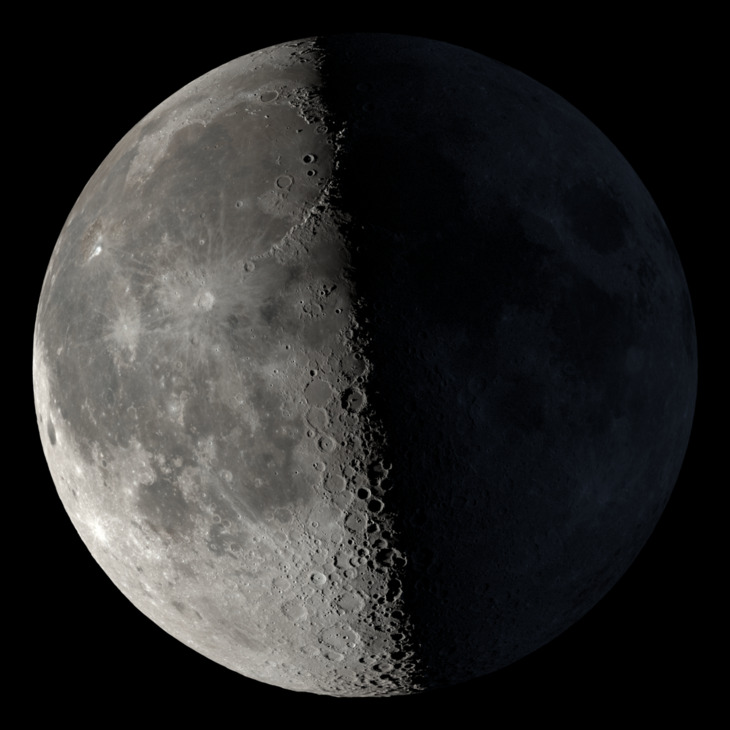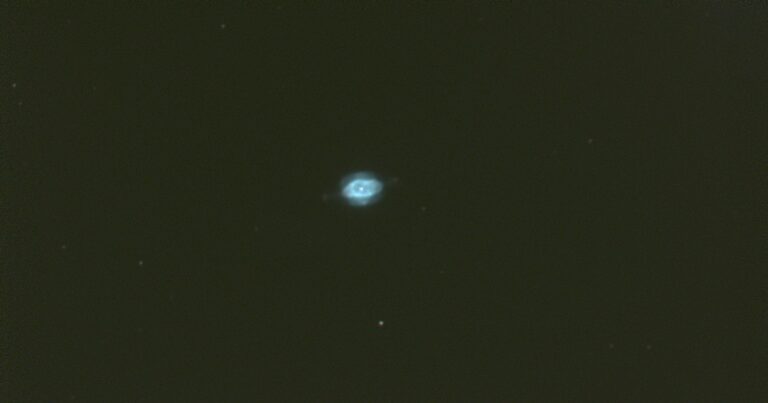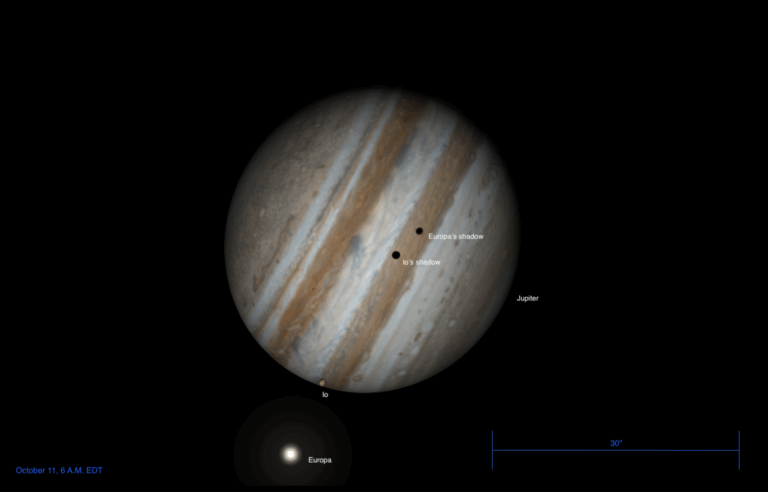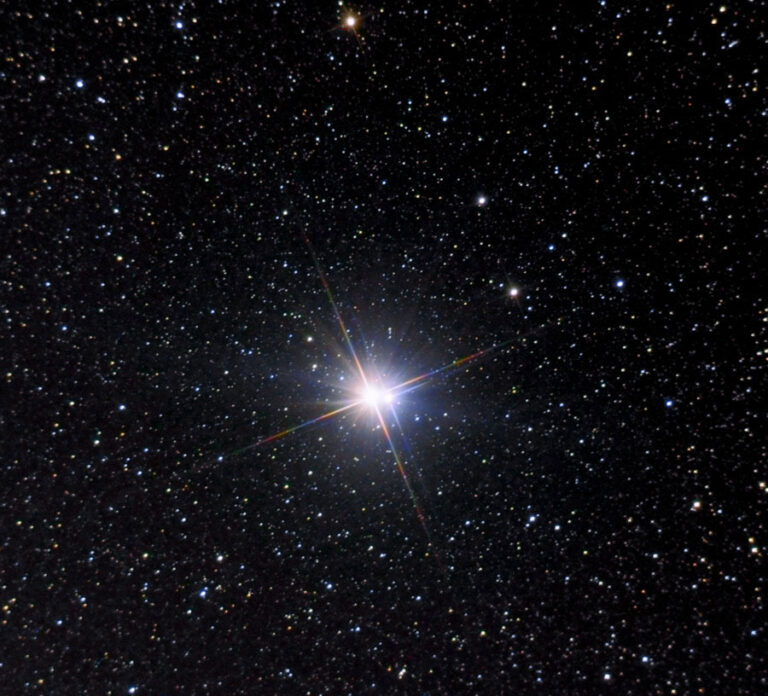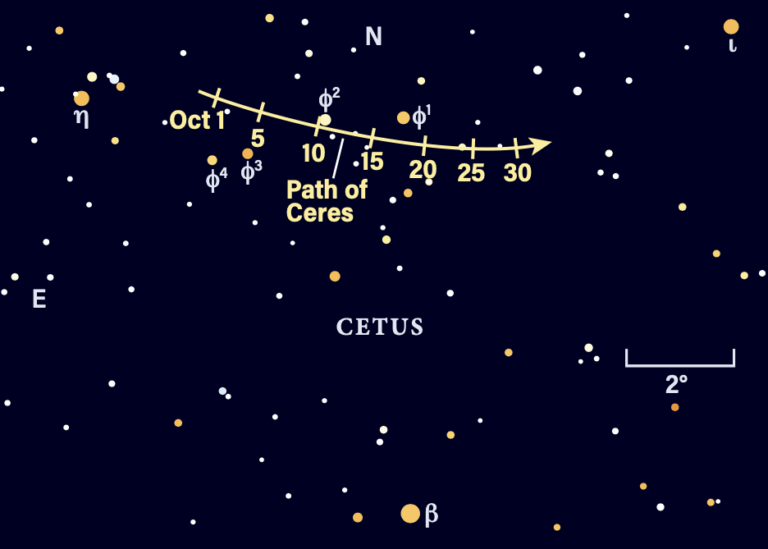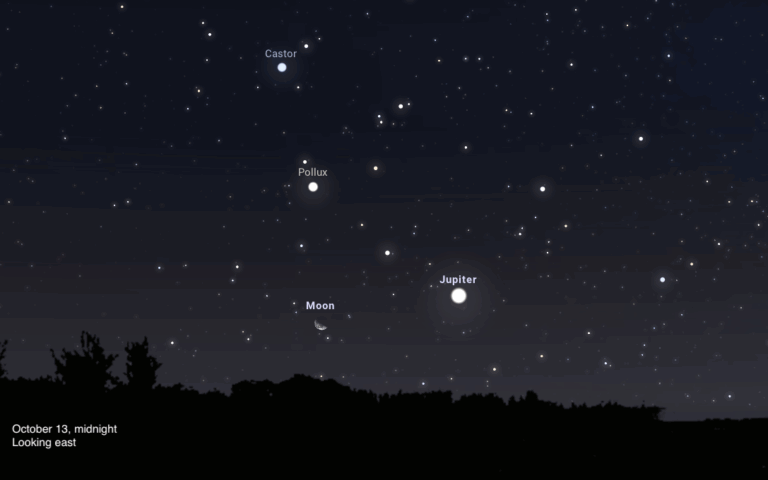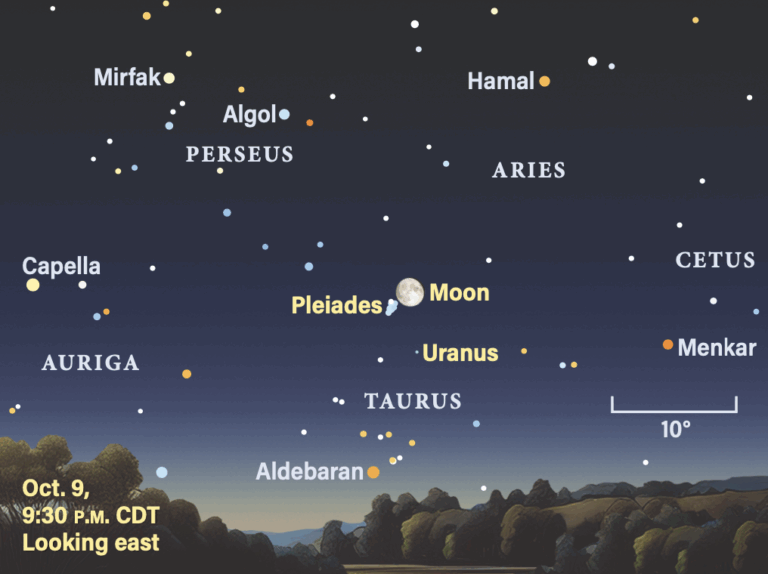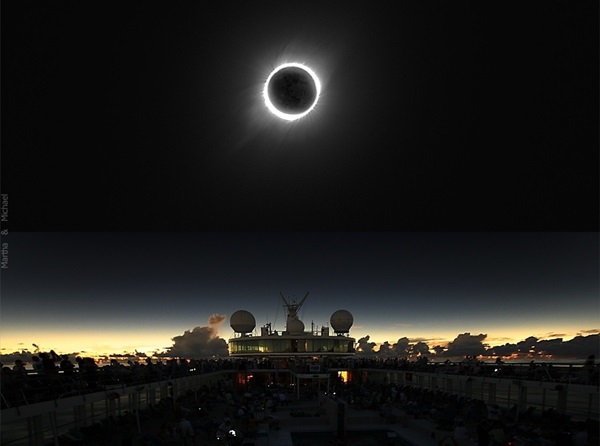
Key Takeaways:
- The duration of a total solar eclipse varies.
- This is due to the changing distances between the Earth, Moon, and Sun.
- The longest possible total solar eclipse is about 7.5 minutes.
- The 2024 eclipse's duration will vary across its path.
On April 8, 2024, the maximum duration of totality anywhere along the eclipse path will be 4 minutes 28 seconds. For comparison, the maximum length of totality for the last total solar eclipse to cross the continental U.S., which occurred on Aug. 21, 2017, was just 2 minutes 40 seconds.
Indeed, some eclipse totalities last but a few seconds. And the longest eclipse totality from 2000 B.C. to A.D. 3000 is 7 minutes 29 seconds. That eclipse will occur July 16, 2186.
What determines the length of a solar eclipse?
So why aren’t all totalities 7½ minutes long?
The explanation for this goes way back to the time of the German astronomer, Johannes Kepler, who lived from 1571 until 1630. In the fall of 1600, Kepler began working for the Danish astronomer Tycho Brahe, who had for years been accumulating observational data on the planets. Tycho paid Kepler to analyze the data. But in October 1601, Tycho suddenly died and Kepler became the imperial mathematician, a position he held for 11 years.
During Kepler’s first four years, he concentrated on trying to make the orbit of Mars fit Tycho’s observations. He initially assumed a circular orbit for the Red Planet, but that didn’t work. Neither did a variety of egg-shaped orbits. Then, in early 1605, he tried an ellipse, and it worked to a high degree of accuracy. He immediately assumed that all the planets moved this way and formulated the first of his three laws of planetary motion: Planets move in elliptical orbits.
As you might guess, astronomers also see elliptical orbits when they look at moons around planets. None have circular orbits; they all move along elliptical paths.
The thing about a body in an elliptical orbit is that its distance from the object it orbits is always changing. Sometimes it’s farther from its “primary,” and other times it’s closer. Now we start to understand why totality may last 1 second, 1 minute, or 7½ minutes. It has to do with both the changing distance of Earth from the Sun and the changing distance of the Moon from Earth.
As our planet orbits the Sun, its distance changes from a minimum of 91.4 million miles (147 million kilometers) around Jan. 4, to a maximum of 94.5 million miles (152 million km) around July 4. That’s a change of 3 percent.
Likewise, the Moon’s distance from Earth can vary from a minimum of 221,500 miles (356,000 km) to a maximum of 252,700 miles (407,000 km). And that’s a whopping change of 14 percent.
The result of combining these numbers is that while the Moon’s true size doesn’t actually change, its apparent diameter — that is, the disk that we see — can range from 7 percent larger than the Sun to 10 percent smaller than the Sun.
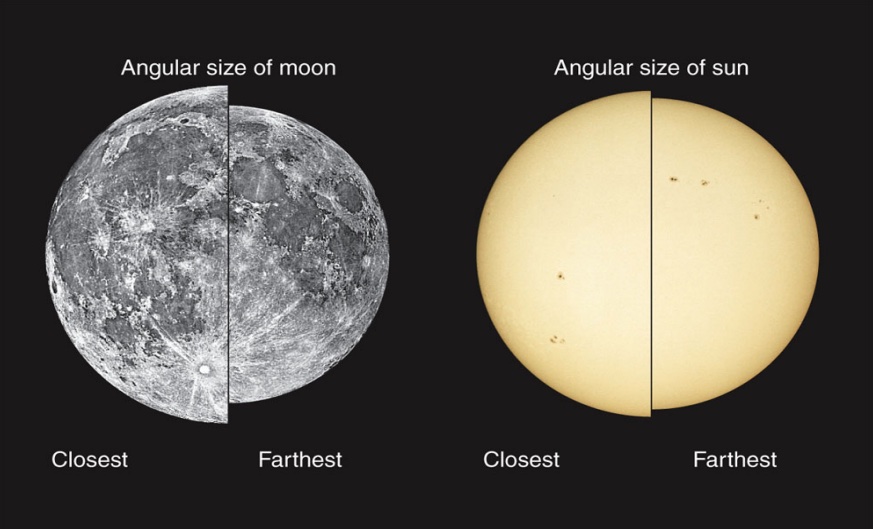
So, let’s think about the two extremes. In one case, Earth is at its closest point to the Sun while the Moon is as far away from Earth as it can get. In other words, the Sun would appear large while the Moon looked small. In this case, there would be no totality at all. Even if the Sun, the Moon, and Earth were in a straight line, people along the path would experience an annular eclipse.
The other extreme is much more to our liking. In this case, Earth is at its farthest point from the Sun and the Moon is at its closest approach to Earth. So, our daytime star would look small while our lone natural satellite would look as big as it can get. This is the combination that yields a solar eclipse totality lasting 7½ minutes.
So, the actual length of any total solar eclipse’s totality lasts somewhere between a fraction of a second and 7½ minutes.
Lengths of totality for 2024 solar eclipse
To complicate matters, the length of totality also changes along each eclipse’s path, mainly because we live on a round Earth. To help you plot a possible viewing location, here are the durations of totality for a number of cities along the path of the 2024 total solar eclipse. Because the eclipse moves from southwest to northeast, that’s the way I’ve organized the locations. Also, for large cities, the length is an average. Parts of the metro areas closer to the eclipse’s center line will have longer durations, and those farther from it will have shorter ones.
| Location | Length of totality |
|---|---|
| Radar Base, Texas | 4 minutes 27 seconds |
| Laughlin Air Force Base | 3 minutes 41 seconds |
| Dabney, Texas | 4 minutes 24 seconds |
| Concan, Texas | 4 minutes 24 seconds |
| Kerrville, Texas | 4 minutes 24 seconds |
| Austin, Texas | 1 minute 46 seconds |
| Georgetown, Texas | 3 minutes 15 seconds |
| Killeen, Texas | 4 minutes 17 seconds |
| Temple, Texas | 3 minutes 47 seconds |
| Valley Mills, Texas | 4 minutes 24 seconds |
| Waco, Texas | 4 minutes 13 seconds |
| Ennis, Texas | 4 minutes 22 seconds |
| Fort Worth, Texas | 2 minutes 35 seconds |
| Dallas, Texas | 3 minutes 49 seconds |
| Tyler, Texas | 1 minute 57 seconds |
| Sulphur Springs, Texas | 4 minutes 21 seconds |
| Mt. Pleasant, Texas | 3 minutes 55 seconds |
| Texarkana, Texas | 2 minutes 28 seconds |
| Clarksville, Texas | 4 minutes 20 seconds |
| Idabel, Oklahoma | 4 minutes 19 seconds |
| Pencil Bluff, Arkansas | 4 minutes 18 seconds |
| Hot Springs, Arkansas | 3 minutes 39 seconds |
| Little Rock, Arkansas | 2 minutes 30 seconds |
| Hardy, Arkansas | 4 minutes 12 seconds |
| Doniphan, Missouri | 4 minutes 12 seconds |
| Cape Girardeau, Missouri | 4 minutes 6 seconds |
| Carbondale, Illinois | 4 minutes 9 seconds |
| Evansville, Indiana | 3 minutes 2 seconds |
| Bloomington, Indiana | 4 minutes 3 seconds |
| Indianapolis, Indiana | 3 minutes 47 seconds |
| Dayton, Ohio | 2 minutes 44 seconds |
| Celina, Ohio | 3 minutes 47 seconds |
| Delaware, Ohio | 2 minutes 38 seconds |
| Toledo, Ohio | 1 minute 52 seconds |
| Norwalk, Ohio | 3 minutes 54 seconds |
| Akron, Ohio | 2 minutes 48 seconds |
| Cleveland, Ohio | 3 minutes 50 seconds |
| Erie, Pennsylvania | 3 minutes 43 seconds |
| Buffalo, New York | 3 minutes 45 seconds |
| Niagara Falls, New York | 3 minutes 29 seconds |
| Rochester, New York | 3 minutes 40 seconds |
| Syracuse, New York | 1 minute 29 seconds |
| Harrisville, New York | 3 minutes 38 seconds |
| Plattsburgh, New York | 3 minutes 34 seconds |
| Burlington, Vermont | 3 minutes 15 seconds |
| Jackman, Maine | 3 minutes 27 seconds |
| Houlton, Maine | 3 minutes 21 seconds |
Knowing exactly how long totality for the 2024 total solar eclipse will be in your neck of the woods will help you prepare for the best possible viewing experience. But no matter how long totality lasts in your location, trust us, it will still feel like a blink of an eye!

